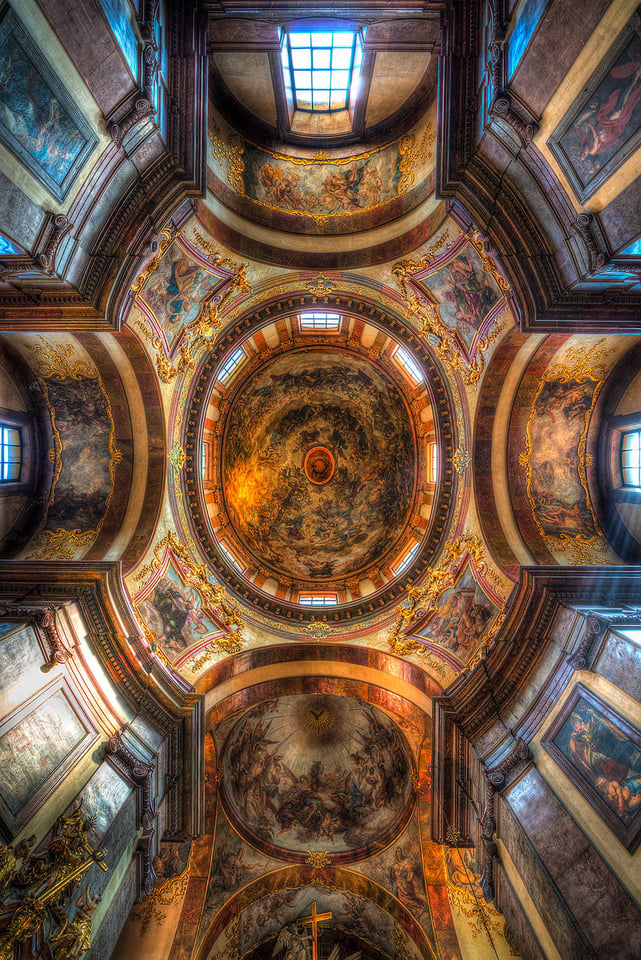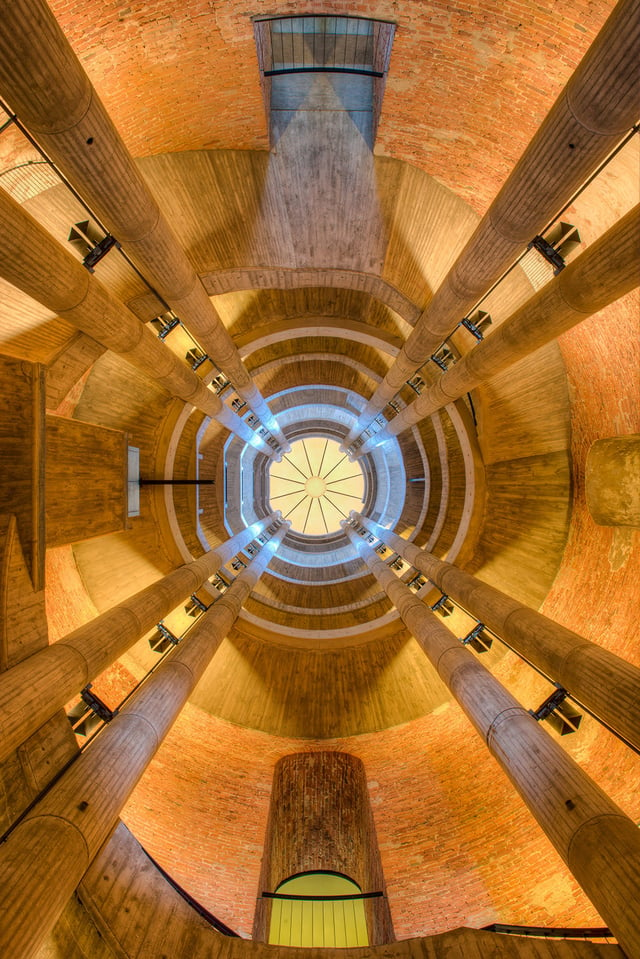How to Photograph Interior Domes of Popular Landmarks
Incredibly, the first domes date back to people living in the Mediterranean region 4,000 years BC. Since then, artists have created a fascinating variety of them all over the world. Still today, they are an essential part of modern architecture, as shown for example by Calatrava’s spectacular glass dome of the library of the Institute of Law in Zurich, Switzerland.
Unfortunately, most domes do not get the attention they really deserve. One reason is that many buildings, especially churches, are not well illuminated and the works of art can hardly be seen in the semidarkness. Another reason is that some domes, particularly those from the Renaissance and Baroque periods, are crowned by a lantern with separate windows which cause sharp contrasts. Furthermore, in bigger domes the details are far away from the observer on the ground, making it virtually impossible to study the subtle details of paintings. Finally – no surprise! – domes are located above you and looking upwards becomes strenuous for the cervical spine soon. The photographic technique described below helps to overcome some of these difficulties.

Incredibly, the first domes date back to people living in the Mediterranean region 4,000 years BC. Since then, artists have created a fascinating variety of them all over the world. Still today, they are an essential part of modern architecture, as shown for example by Calatrava’s spectacular glass dome of the library of the Institute of Law in Zurich, Switzerland.
Unfortunately, most domes do not get the attention they really deserve. One reason is that many buildings, especially churches, are not well illuminated and the works of art can hardly be seen in the semidarkness. Another reason is that some domes, particularly those from the Renaissance and Baroque periods, are crowned by a lantern with separate windows which cause sharp contrasts. Furthermore, in bigger domes the details are far away from the observer on the ground, making it virtually impossible to study the subtle details of paintings. Finally – no surprise! – domes are located above you and looking upwards becomes strenuous for the cervical spine soon. The photographic technique described below helps to overcome some of these difficulties.














تعليق